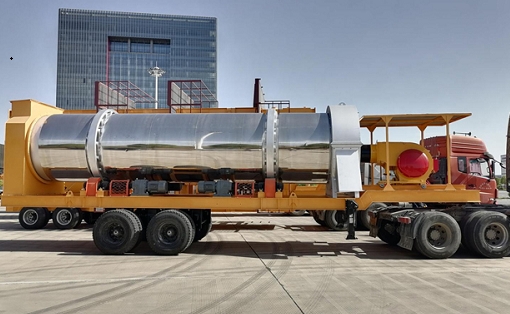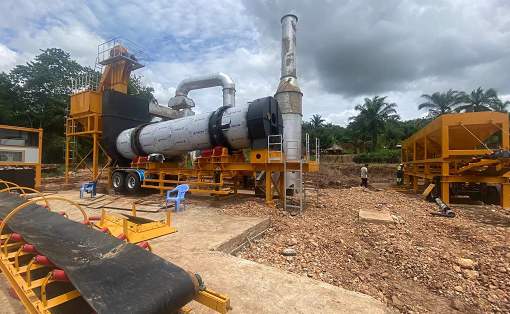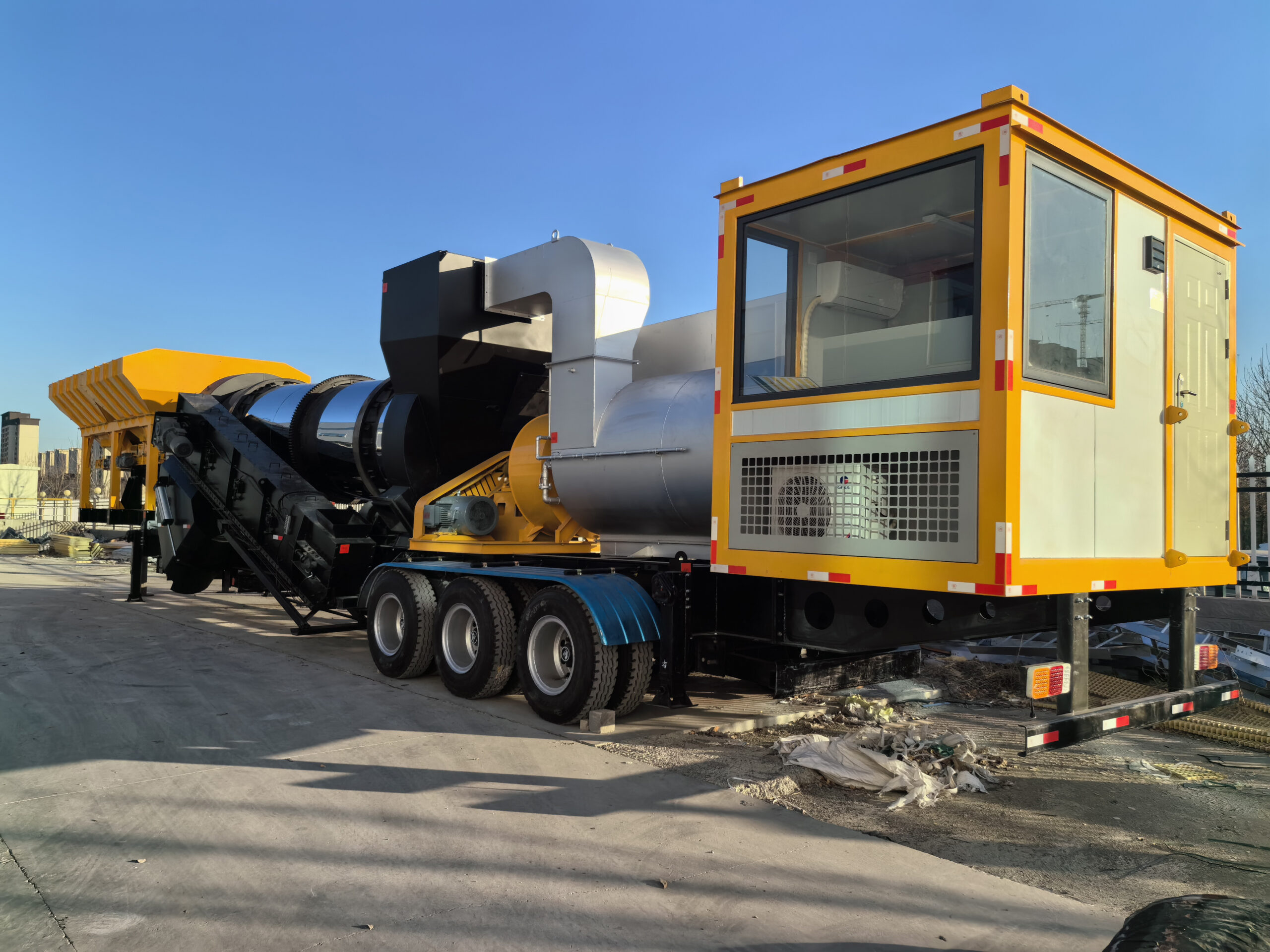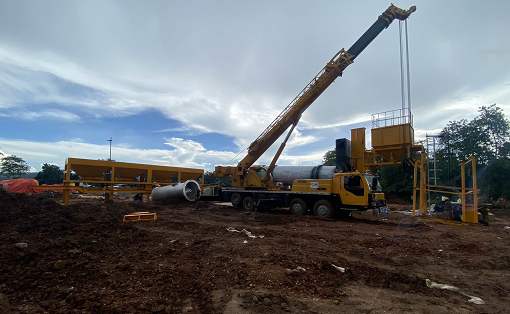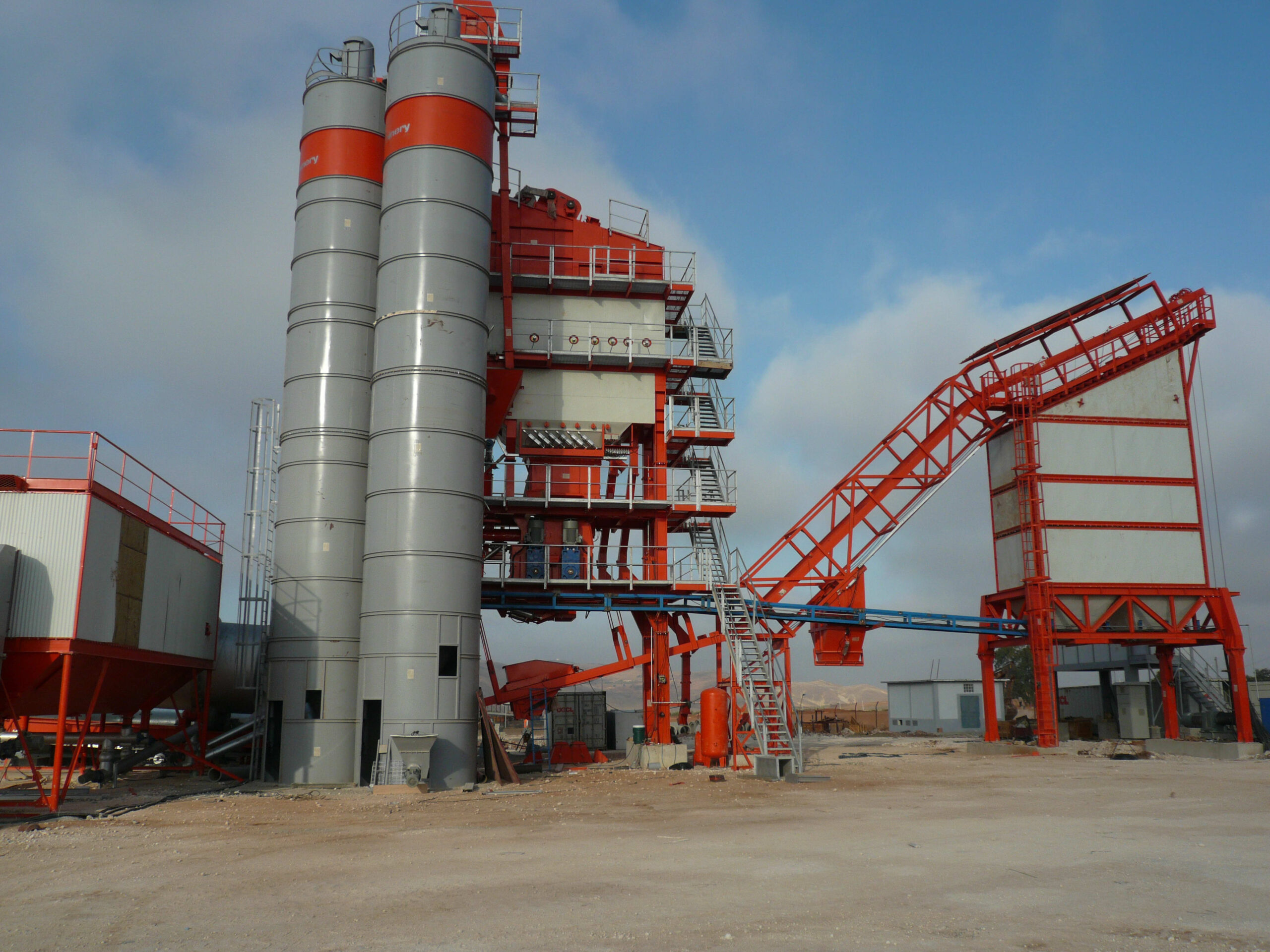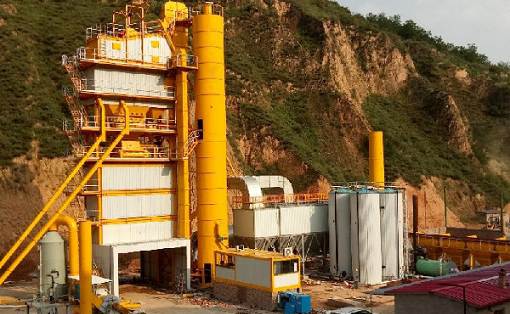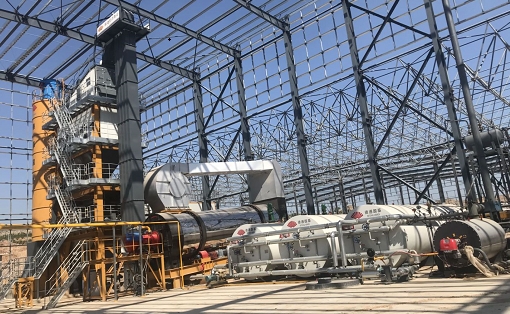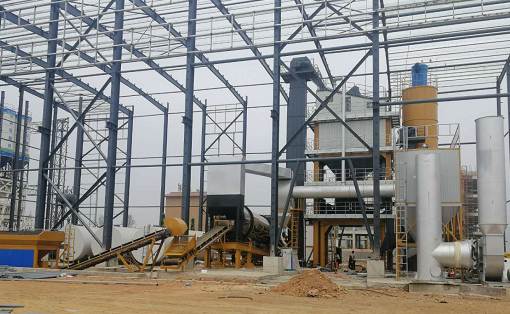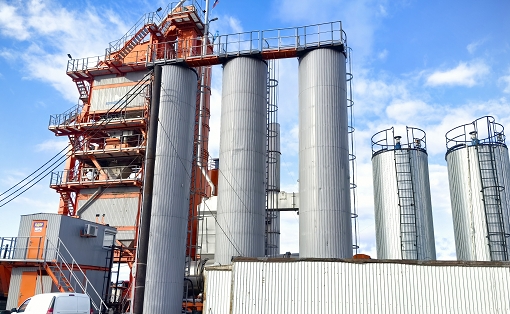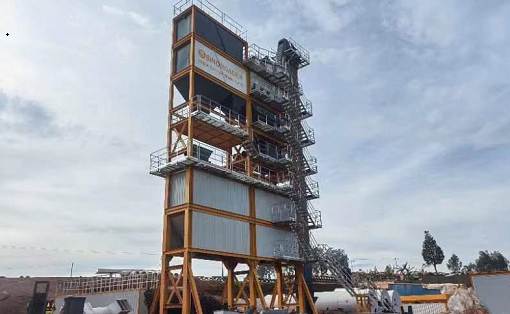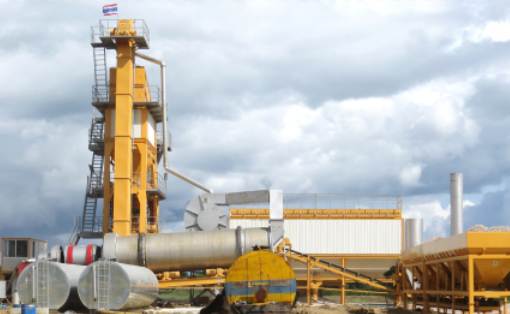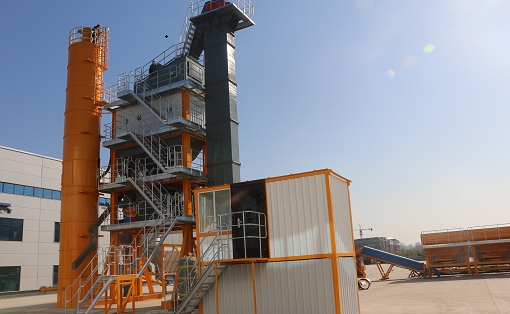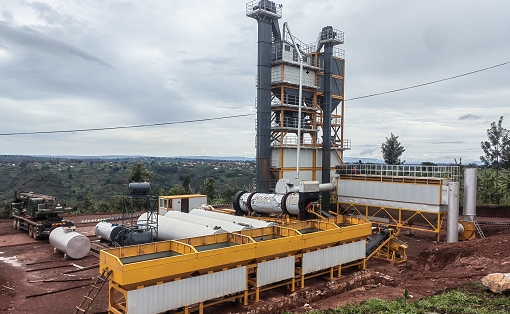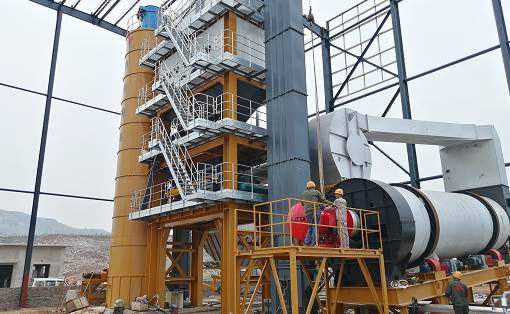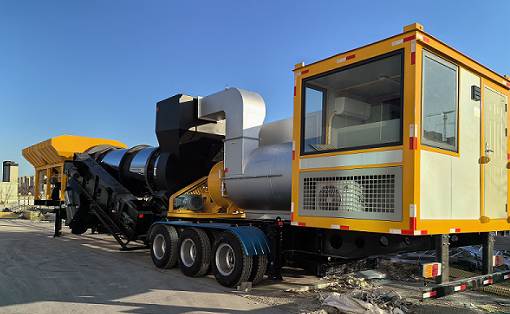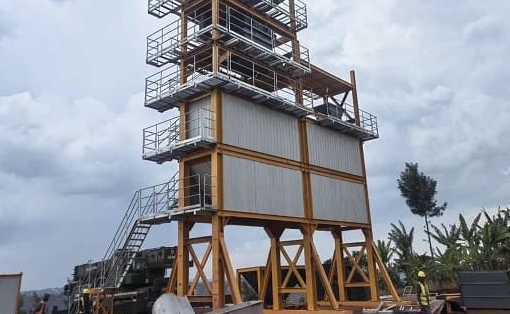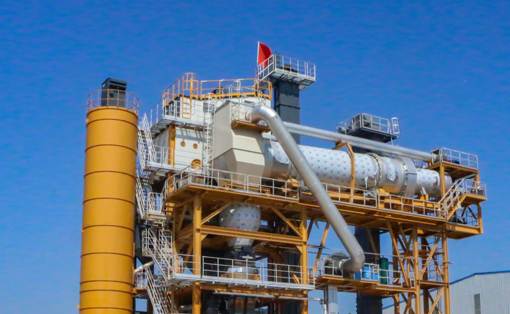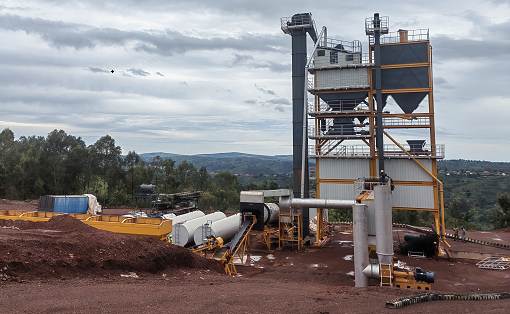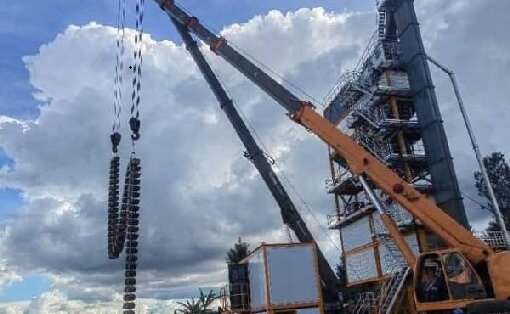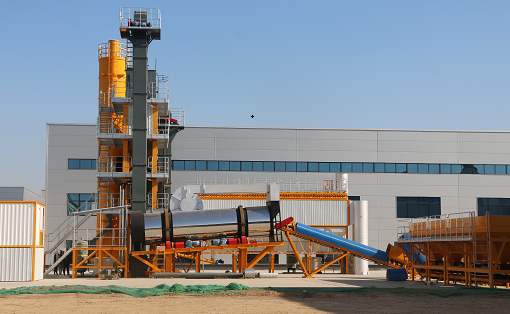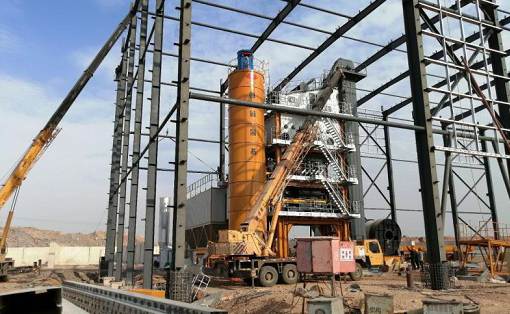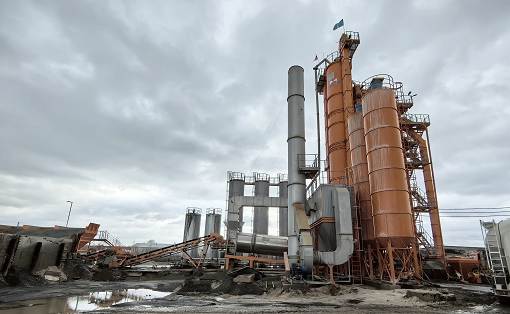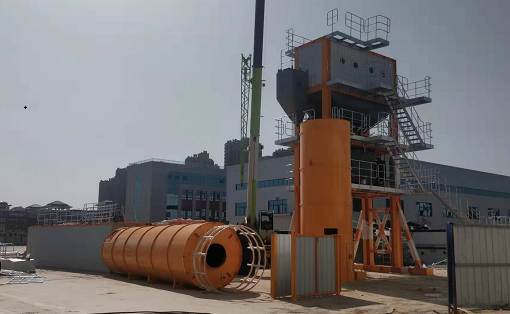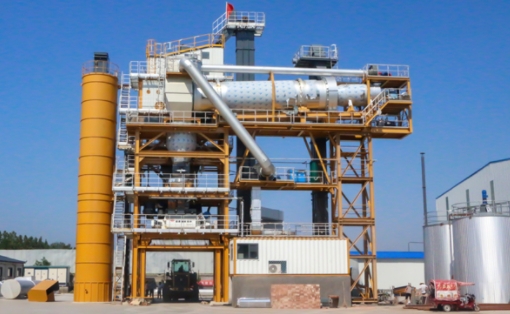Effective ways to prevent wear and failure in asphalt mixing plants
Due to raw materials or usage, asphalt mixing plants will be subject to a certain degree of wear or other failures during daily use. If they are not controlled or repaired in time, the problem will be further exacerbated. For asphalt mixing plants, what are the ways to prevent wear and failure?
If the asphalt mixing plant is not treated in time after being worn, it may corrode once it is in contact with air, rainwater, etc. for a long time. If the parts of the asphalt mixing plant are severely corroded, the service life and normal operation of the entire equipment will be affected.
Due to raw materials or usage, asphalt mixing plants will be subject to a certain degree of wear or other failures during daily use. If they are not controlled or repaired in time, the problem will be further exacerbated. For asphalt mixing plants, what are the ways to prevent wear and failure?
If the asphalt mixing plant is not treated in time after being worn, it may corrode once it is in contact with air, rainwater, etc. for a long time. If the parts of the asphalt mixing plant are severely corroded, the service life and normal operation of the entire equipment will be affected.
Therefore, it is very important for asphalt mixing plants to do a good job of various treatments to prevent its parts from being corroded. In order to achieve this goal, on the one hand, it is necessary to choose materials with good corrosion resistance when selecting materials for asphalt mixing plants. On the other hand, it is necessary to reduce the corrosion of the surface of parts by isolating air and other methods, and also prevent fatigue damage of parts, such as fracture and surface peeling.
In addition, in order to reduce unnecessary wear, a relatively gentle section can be selected for filtration when making asphalt mixing machines; penetration, quenching and other methods can also be used to increase the hardness of parts. When designing the shape of parts, the effect of reducing friction planning should also be considered.
The failure of asphalt mixing plant often occurs in its reversing valve, such as the reversing valve cannot be reversed or the reversing action is slow, which is mostly caused by poor lubrication, spring stuck or damaged, oil or impurities stuck in the sliding part, etc.
In this regard, you should first check whether the oil mist is working normally; whether the viscosity of the lubricating oil is appropriate. If necessary, replace the lubricating oil, clean the sliding part of the reversing valve or replace the spring and reversing valve to ensure that the reversing valve of the asphalt mixing plant can return to normal.

